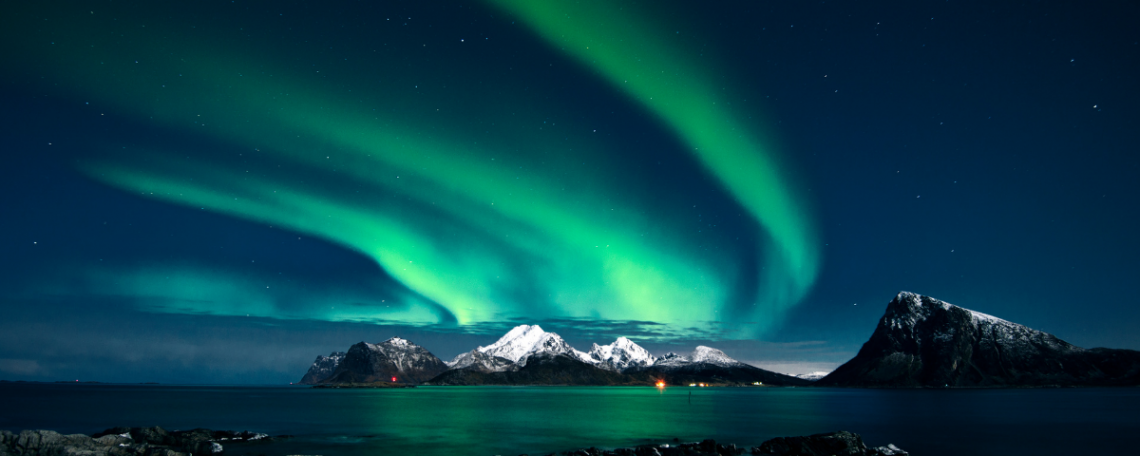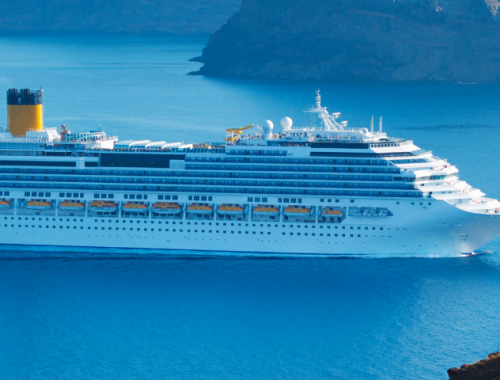
Can You Take A Cruise To See The Northern Lights?
Everyone wants to see the Northern Lights at least once in their lives. It is true; it’s the most beautiful thing you can see. However, the chances of seeing the Northern Lights are decreasing. The reason for that is that the lights are caused by the interaction between charged particles from the sun and the magnetosphere of the Earth and the electromagnetic waves from the solar wind.
Once you have decided you want to see the Northern Lights, there are a couple of ways you could go about seeing them. One is to have a vacation in a country that gets a lot of snow, like Finland or Iceland. You can see the Northern Lights on your cruise to see the northern lights. You can also see them in New York City or in the vicinity of Barcelona. But the best place to see them is Iceland, which has a lot of snow. In Iceland, you can opt for camper van rental services by visiting sites like https://www.rent.is/ and exploring various locations that are laden with snow. It could be a fulfilling journey indeed!
You’re never too old for a trip to the Northern Lights, even though the aurora borealis is best seen during the winter months. It’s still possible to see the spectacular displays, though it’s always a good idea to pick a night with very little light pollution. You can also see the aurora from your backyard with a simple backyard telescope, though you’ll need a clear view of the night sky to get the best views.
But Can You Take A Cruise To See The Northern Lights?
The answer is no; you can’t take a cruise to see the northern lights. What you can do is book a tour that takes you to Norway to see the aurora borealis or northern lights. This is possible because auroras are visible only when the planet is at least five hundred miles away from your location. For those who live in the northern latitudes, this can mean a two-hour flight.
What is the Best Time to See the Northern Lights?
While it’s not the only time to see the Northern Lights, the short nights of winter-when the Aurora Borealis is visible in the northern hemisphere- are when they are most likely to appear. This doesn’t mean the stars themselves are any brighter, but the atmosphere is a lot clearer, allowing the lights to filter through the atmosphere and create a beautiful glow.
Some people are lucky enough to live in the right place at the right time and see the Northern Lights regularly. You could be one of them, but if you’re not, maybe you can still get to see the Northern Lights. The next time you’re out at night, look up to the sky. If the Northern Lights are visible, you’re in luck. There’s a handy tool called the Aurora Alert that you can use to keep track of the Northern Lights’ movements to see when they are most likely to be seen and when they are least likely (based on the past few years).
The northern lights are caused by particles excited by solar winds colliding with Earth’s magnetic field. As a result, they can only be seen in places where there is little to no light pollution, such as remote places where there are no cities or towns nearby. So, where is the best place to see the northern lights? Well, that depends on where you are based.
If you want to see the Northern Lights in Iceland, you need to make sure it is not too cloudy when you go. If it is too cloudy, it is unlikely that you will be able to see the aurora. The best time to see the aurora is when the sky is clear, and the aurora can be seen in the night sky. The Aurora Borealis, also known as the Northern Lights, is a natural phenomenon that occurs when the sun interacts with atmospheric magnetic fields. The result is a beautiful display that can be viewed from the Northern Hemisphere, including Canada and the US.
The aurora borealis (also known as the northern lights) is a natural light display in the sky, usually observed in the high altitude of the Earth’s magnetic field near the North or South Pole. It is also known as the dancing lights or the northern night light. The brighter the aurora, the greater the chance that a geomagnetic disturbance causes it. The aurora is caused by charged particles from the sun emitted during solar storms reaching the Earth’s atmosphere, resulting in the acceleration of atoms of gas in the upper ionosphere. The sudden acceleration of ions causes collisions, resulting in the emission of light and other particles from the excited ions and atoms. While the aurora can be seen at high latitudes, it is visible.
You May Also Like

5 Amazing Cruises Around The World
26 November 2021
The 5 Most Important Things to Do Before Booking Your Next Vacation
27 May 2023

